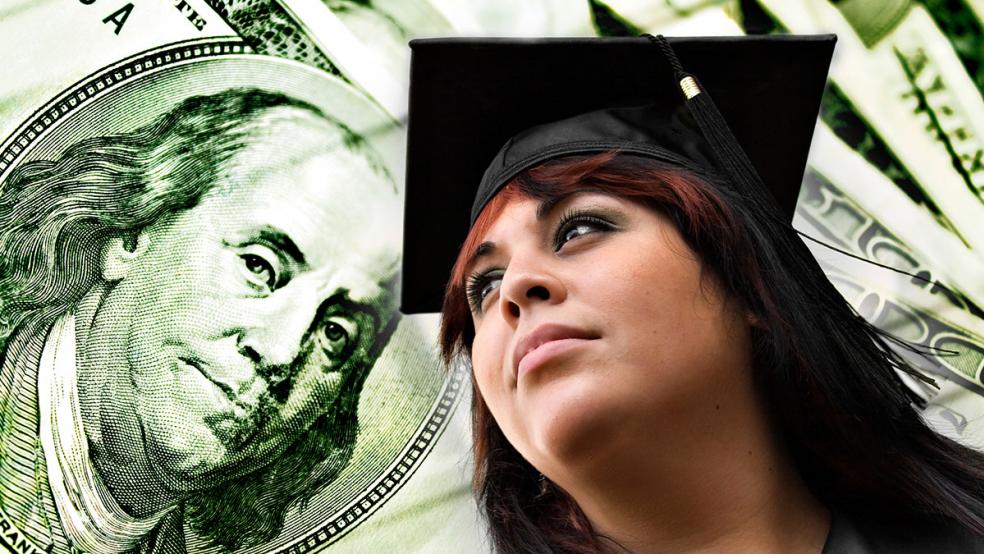The burden of student loan debt has made it harder for many younger Americans to purchase homes and even to get married. Now it’s jeopardizing a comfortable retirement, too.
More than half of workers paying off student loan debt are contributing no more than 5 percent of their pay to their 401(k) plans, compared to just 40 percent of workers without loan obligations, according to a new survey from Aon Hewitt. Those with loans are also less likely to participate in the plans than those without loans, although the difference is relatively small (71 percent vs. 77 percent).
“It is heartening to see that participation in employer retirement plans is as high as it is for workers with loans," explained Rob Austin, director of Retirement Research at Aon Hewitt. "These workers see the value in saving for retirement, but their loans are creating a speedbump.”
Related: Pay Off Student Loans or Save for Retirement? Here’s What to Do
The difference between saving 5 percent of your pay versus 6 percent is meaningful over 35 years. A person saving 5 percent will accumulate $440,202 in the plan at age 65, while someone socking away 6 percent will have a balance of $528,242. That’s a difference of $88,040.
(The calculation using Bankrate.com’s retirement calculator assumes the individual is 30 years old and makes $30,000 a year, with an annual salary increase of 2 percent, a dollar-for-dollar savings match, and investment returns of 6 percent a year.)
The study also found that student debt affects how workers view their financial well-being. Half of workers with loans say debt is ruining their quality of life, compared with 28 percent of those without loans. Almost a third of workers with loans worry about paying bills versus a fifth without loans. Only a quarter reported feeling “financially comfortable,” while 43 percent of loan-free workers said they were.
Student loan debt is a problem that spans generations, but unsurprisingly affects younger workers most. More than two in five Millennial workers have student loans, according to the Aon Hewitt survey. A quarter of Gen Xers and 13 percent of Baby Boomers do, too. About half pay at least $3,000 a year toward the debt.





